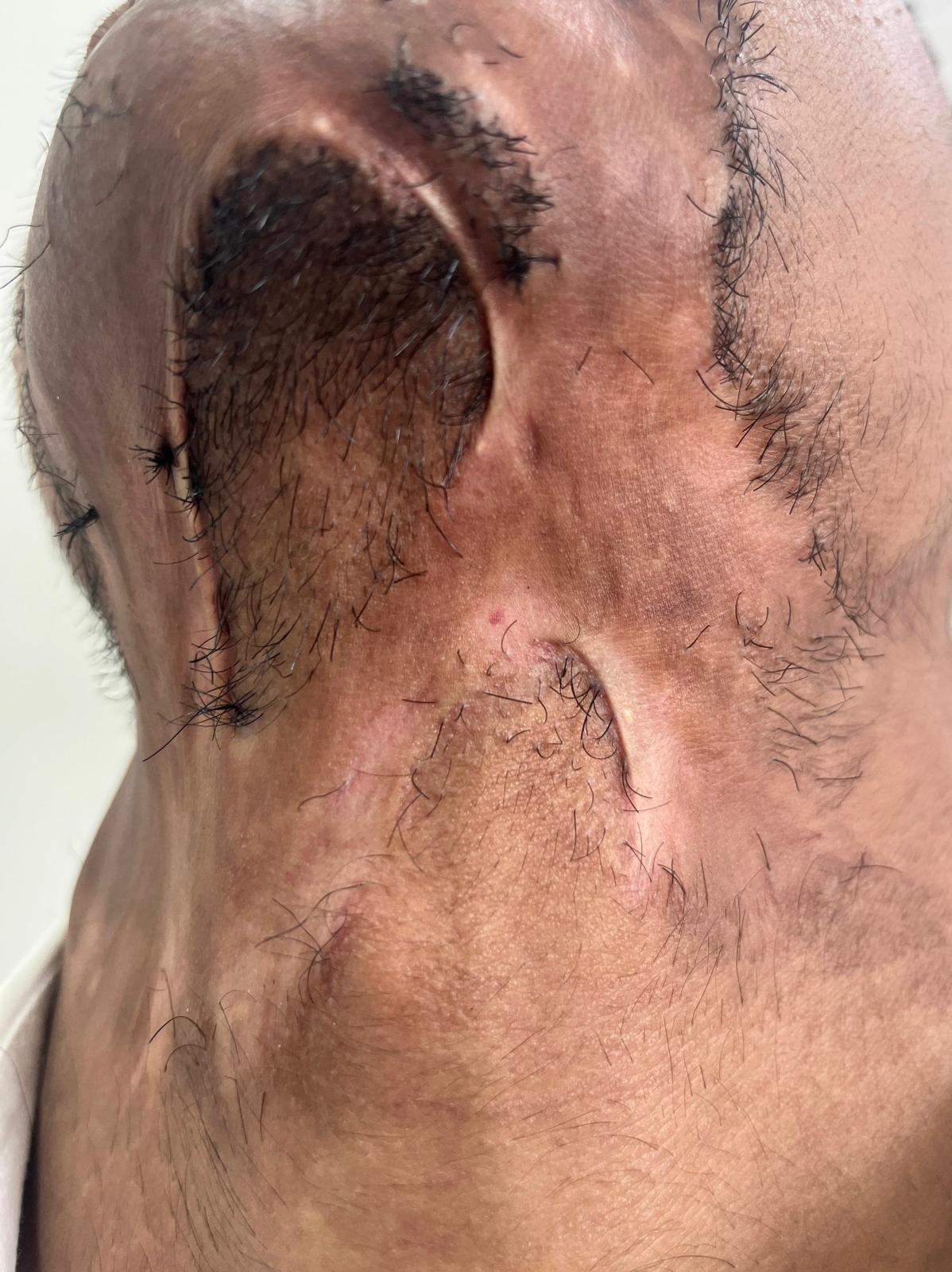
Scars can be of various types and are classified in different ways. They can happen after acne (pimples), chicken pox, accident, surgery or stretch marks. They can be hypertrophied (raised above the skin) or hypotrophied (depressed scars).
Scars happen due to the over or under activity of the normal healing process and due to the altered collagen and elastin fibre structure under the skin. In a normal skin, the collagen and elastin fibres are arranged in a smooth organised manner which creates the smooth appearance of the skin. Hence, the procedure to improve the scars involves interventions aimed at bringing these fibres and extracellular matrix back in smooth organised patterns.
The various procedures used are –
Fractional CO2 laser – This has been considered the gold standards of scar treatment. It involves creating micro-punctures in the skin and leaving areas of normal skin in between to have faster healing after the procedure. The procedure is done under local anaesthesia and takes about 30-40 minutes in all and there is usually some redness and swelling after the procedure. The results are usually visible after 4-6 weeks when the collagen modelling and regeneration takes place. This has almost replaced the conventional Co2 laser due to more patient safety and comfort.
Microneedling Radiofrequency (RFM) – This procedure is an amalgamation of 2 procedures- microneedling and radiofrequency (in deep planes of skin on the microneedle tips). It requires couple of sessions to see visible improvement and is highly effective for people who need less downtime after the procedure. The session takes about 25-30 minutes and the redness and swelling is for few hours usually.
Microneedling – This is done with the help of a device called the dermapen and is done under local anaesthesia. It is a simple, low cost and effective procedure with the least downtime and pain. It requires a couple of sessions to show the results. A typical session usually lasts about 20-30 minutes.
You cannot copy content of this page